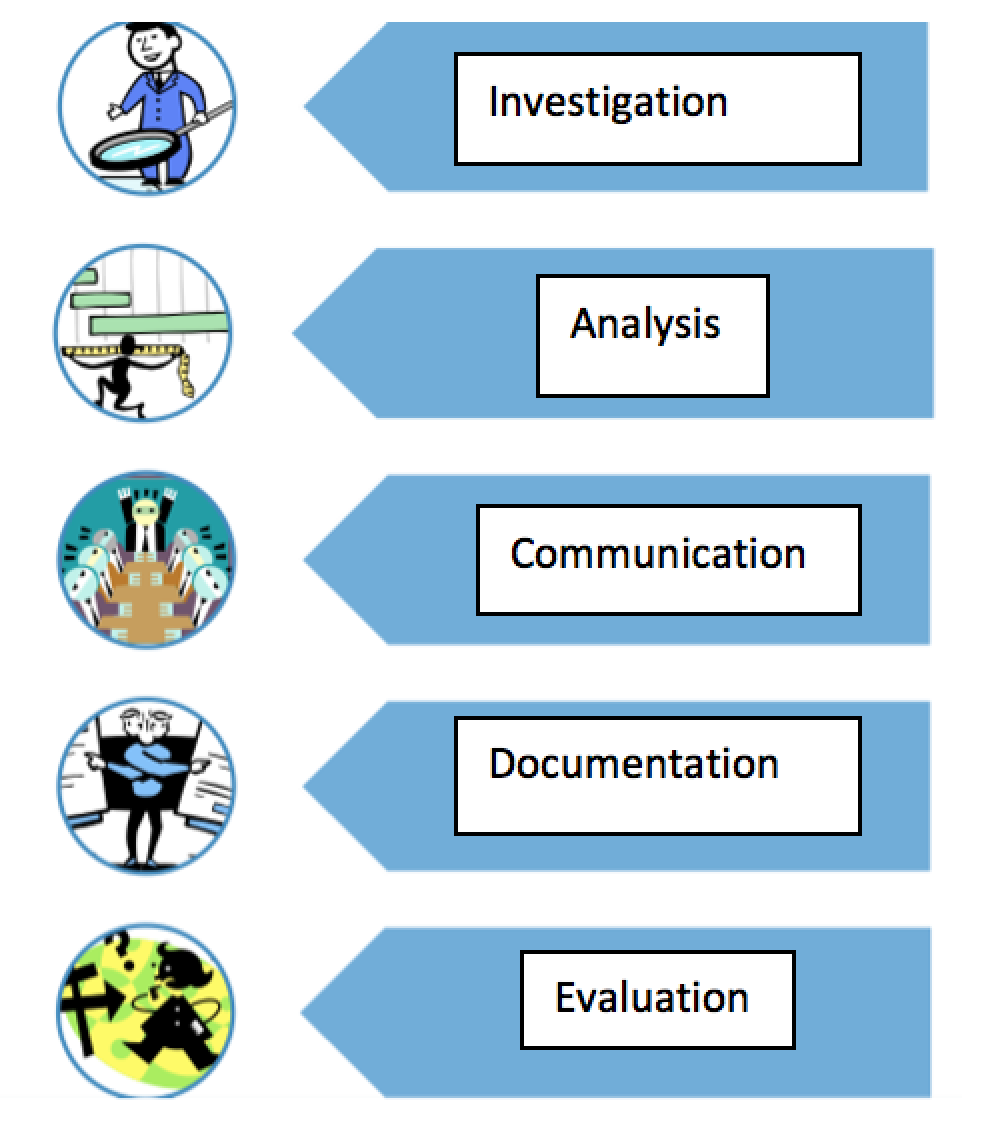Imagine you are an enthusiastic business analyst who was assigned a new project and you don"t know where to start from. You do not know the domain, nor the people from the development team, nor even the expectancies of the involved parties. Fred Brooks wrote the following in his book "No Silver Bullet": "The hardest part in building a system is that of deciding what exactly it is that you want to build. No other part of the conceptual work is as difficult as that of setting detailed requirements… No other part is more difficult to amend later."
Since I am fond of the subject and I have also identified an interest in it from the part of several business analysts, my intention is to dedicate several articles to this topic. This article is a mere introduction to the theme.
Definition: Business analysis framework is a real and/or conceptual structure which includes the usage of an assembly of knowledge, practical techniques and established concepts, in view of quickly discovering, critically analyzing and accurately getting the business requirements.
Such an assembly is presented in Figure 1:

Advancing into the domain of business analysis and gathering experience from a few projects, I believe the business analyst should be able to define the specific framework for the project he is working on, no matter if it is big or small, waterfall or agile.
What triggered the need of a business analysis framework?
Recent experience has taught me that once I acquire certain methods and work methodologies, I shouldn"t stop there, but continue to enhance my knowledge and accurately identify the situations where each one of them should be applied.
I realize that the business analysis domain is very diverse, as the way of work, the activities and expectations vary a lot from one company to another. Therefore, along with the presentation of the business analysis framework designed by me, I invite you to think about what your own analysis framework would look like.
I believe that this is the only way we can continuously adjust to the frequent changes that occur.
In my case, the major change was the transition from a small, entirely new, internal project, where I elaborated a Business Requirements Document, to a very big project for a corporation, where several stakeholders are involved.
I know now that in a first stage, defining a framework may seem a little difficult for a beginner business analyst. That is why it is necessary to have a clear sequencing of things and a visualization of the steps that need to be taken, as in Figure 2.

In parallel and/ or adjacently to taking these steps, we will also add the elements that make up the analysis framework, which I will describe in general, below.
The 4 main activities that can be found in most of the projects are presented in the picture below:

They are used during the business analysis activities and they are necessary in supporting development, as well as in results delivery.
The set of template documents that I wish to use on my project contains:
I successfully use the following:
In my case, the development plan I use is the one in agreement with PMI: project initialization, planning, execution, monitoring and control, completion.
Generally, the requirements gathering techniques which I use are:
Of course, there are several elements that can be used in creating a personalized analysis framework. Each analyst is free to decide what can successfully be applied to his project.
In the end I would like to point out the main goal we all wish to reach, namely, the fact that we all want a satisfied client. For this, it is necessary to use a well-defined business analysis framework. It will ensure that the client"s needs and requirements can be conveyed and understood to the same extent by all the parties involved, so that, in the end, the client is completely satisfied by the delivered solution.
As I have mentioned in the beginning of this article, the topic is extremely vast and it will be detailed in the following issues of the magazine. If you have ideas, suggestions or if you already have an analysis framework that you successfully use, you may write to me about it at ioanaa@imprezzio.com.